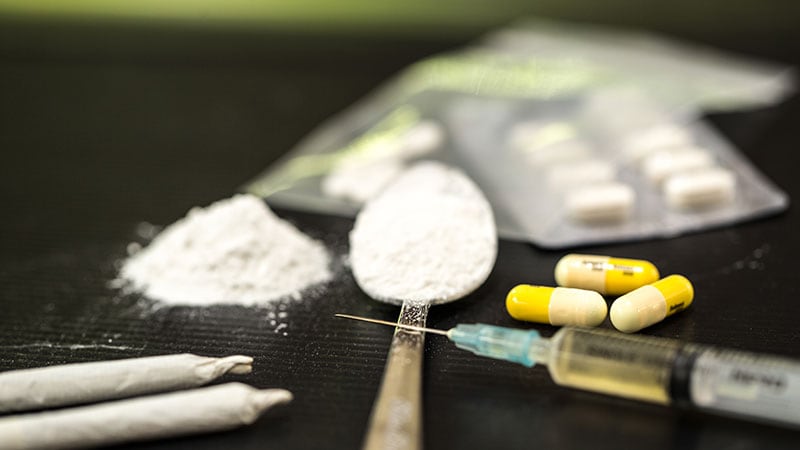In patients with stimulant use disorder (SUD), even slight reductions in drug use can lessen depression and reduce cravings, a new analysis showed.
Abstinence has long been the overall goal of SUD treatment, the investigators noted. The findings from this pooled analysis of randomized clinical trials support what investigators noted was a growing recognition that reducing stimulant use can lead to better outcomes.
“This study provides evidence that reducing the overall use of drugs is important and clinically meaningful,” study author Mehdi Farokhnia, MD, MPH, of the National Institute on Drug Abuse, North Bethesda, Maryland, wrote in a press release. “This shift may open opportunities for medication development that can help individuals achieve these improved outcomes, even if complete abstinence is not immediately achievable or wanted.”
The findings were published online on January 10, 2024, in Addiction.
Not the Only Indicator of Success
To compare clinical indicators of improvement among those with SUDs who achieved abstinence or reduced their use, investigators pooled data from 13 randomized clinical trials with more than 2000 patients seeking treatment for cocaine or methamphetamine use disorders at centers in the United States from 2001 to 2017.
The trials used similar study protocols, including similar eligibility criteria, recruitment methods, and outcome measures. Participants were 18 or older and met criteria for methamphetamine or cocaine dependence at the beginning of each trial.
Among the participants, 1196 sought treatment for cocaine use disorder and 866 for methamphetamine use disorder. Of those, just 1487 had outcomes available by the end of the trial.
Most participants had no change in the level of use or increased their use through the trial (68%) or transitioned from low (1-4 days a month) to high (5 or more days a month) frequency use.
Nearly one third of participants (32%) stopped or reduced drug use, including 18% who cut down on stimulant use and 14% who abstained altogether.
Participants using methamphetamine were more likely to be in the abstinence vs reduced use category (21.3% vs 13.9%, respectively), whereas participants using cocaine were less likely to be in the abstinence vs reduced use category (9.1% vs 20.9%).
Those who reached abstinence showed better clinical improvement than those who reduced use on most clinical measures (P < .009).
However, there were no significant differences between groups on the Addiction Severity Index (ASI) psychiatric problems subscale and cravings for secondary drugs.
“Our findings suggest that reduced frequency of stimulant use is also associated with improved psychosocial functioning,” the authors wrote. “These findings suggest the need to re-evaluate the traditional approach of exclusively relying on total abstinence as the only indicator of successful treatment, a goal that may not be achievable for all patients, especially after one treatment episode.”
Those who reduced drug intake showed a significant association with nearly all clinical indicators of improvement (P < .010) compared with those who didn't, except for the ASI psychiatric problems subscale and family/social relationship domains of the Problem Free Functioning scale, and HIV risk behavior.
Study limitations included short follow-up time in most trials and follow-up measures were based only on urine drug screens. There were also a substantial number of missing assessment points.
The study was funded by the National Institute on Drug Abuse and the National Institute of Health. There were no reported disclosures.
